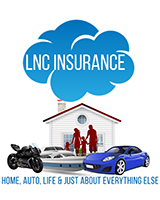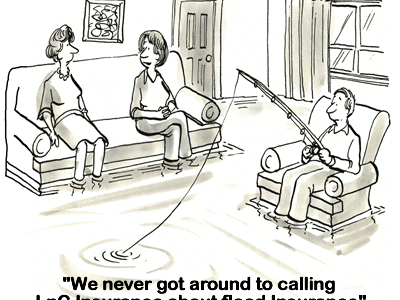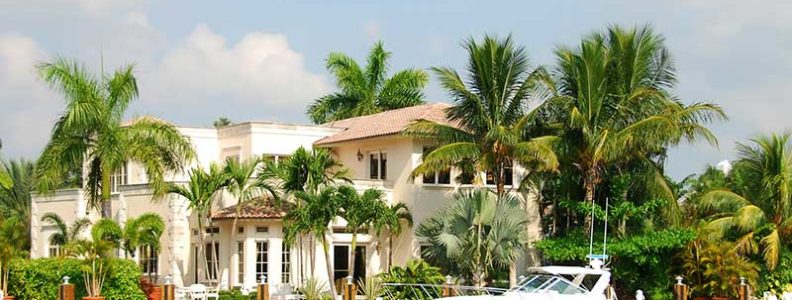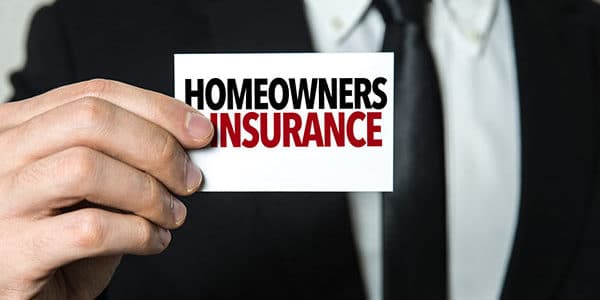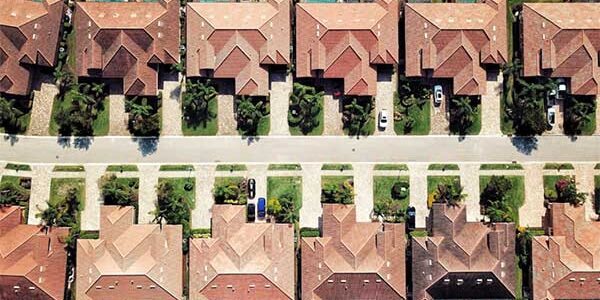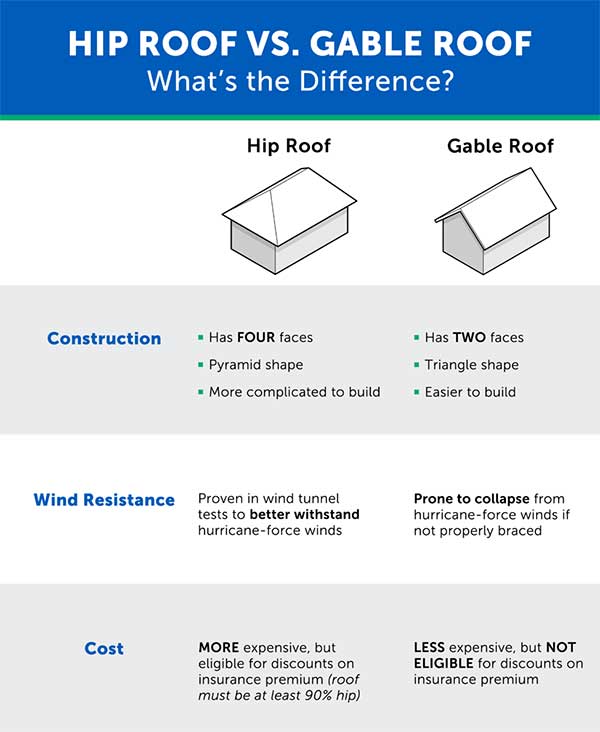Water damage is one of the leading claims filed by homeowners and accounts for billions of dollars in losses annually in the U.S. Yet many homeowners are unaware of what types of water perils are—and are not—covered by their home insurance policy. Unfortunately, this can put homeowners in a slippery and stressful situation. Imagine having to file a water-related claim, and then discovering the damage is only partially covered—or worse, not covered at all by your home insurance policy. Does your homeowners insurance cover water damage and common water perils? Let’s find out…
Does Home Insurance Cover Broken or Burst Pipes?
Whether caused by clogs, water pressure spikes, or even frozen water, burst pipes are one of the top causes of water damage in homes. Excessive water force may cause pipes to swell and eventually break, spouting water everywhere and damaging floors, carpeting, drywall, and insulation.
Facts about Leaky and Burst Pipes
The average home loses 14 percent of its water to leaks.
- Water-damage claims, mostly from leaky or burst pipes, are the leading cause of increased home insurance rates.
- Water damage caused by plumbing failures and frozen pipes is the second leading cause of property loss.
What Type of Insurance Do I Need?
Water damage from a burst pipe is typically covered under a standard HO3 homeowner’s insurance policy. However, damage caused by sewer and drain backups is not usually covered. For complete protection in case of a backup-related incident, you can add sewer backup coverage to your policy.
What’s Covered?
Most HO3 homeowners policies cover water damage caused by a burst pipe as long as the incident is sudden and accidental. If water damage occurs outside of your home, you’ll need to be able to demonstrate that a burst pipe was the culprit. Keep in mind that water damage resulting from unresolved maintenance issues, such as ongoing leaking near a sink faucet or washing machine, will probably not be covered, and your claim may be denied.
Does Home Insurance Cover Floods?
A flood is any overflow of water caused by storm surge or rising water from heavy rain—something you see a lot of in Florida. Remember, you don’t need to live near a lake, river or the coast to experience a flood.
Facts about Floods:
- Floods are the leading natural disaster in the U.S.
- 25 percent of flood losses come from low- to moderate-risk areas in Florida.
- On average, as little as two inches of water in your home can cause $7,800 or more in damage.
What Type of Insurance Do I Need?
Losses due to flooding are not typically covered under your home insurance policy, so we recommend purchasing a supplementary Florida Flood Insurance policy for complete protection. Flood insurance policies are issued by First Community Insurance Company, which is authorized by the Federal Emergency Management Agency (FEMA) to sell flood insurance. In some flood zones, you can purchase flood insurance for about $1.40 per day, and it’s 100 percent guaranteed by the U.S. government. Remember, flood insurance requires a 30-day waiting period before it’s activated, so don’t delay.
What’s Covered?
Flood insurance covers damage caused by overflow of inland or tidal waters that have inundated two or more properties, at least one of which is yours. Keep in mind that flood damage from wind-driven rain is not covered under flood insurance. When rain enters your home through a wind-damaged window, door, wall, or roof, the National Flood Insurance Program considers the resulting damage to be windstorm-related, not flood-related.
Does Home Insurance Cover Wind-Driven Rain?
Windstorms are weather events that produce winds and violent gusts strong enough to cause significant property damage, such as hurricanes and tornadoes.
Facts about Windstorms:
- Windstorms can have wind speeds exceeding 200 miles per hour.
- Heavy winds cause about $1 billion in damages in the U.S. every year.
- Approximately 85 percent of all windstorm-related insurance claims result from roof damage.
What Type of Insurance Do I Need?
Windstorm insurance covers damages caused by hurricane-force winds, tornados, hail, and other weather events with wind gusts exceeding 35 miles per hour. In hurricane-prone states like Florida, you may be required to purchase a separate windstorm policy to provide complete protection of your home.
What’s Covered?
Windstorm insurance typically covers damages to the structure of your home and the personal belongings inside of it. Most policies also include coverage for detached structures such as garages, sheds, and swimming pools. Windstorm events like hurricanes are often followed by storm surge and flooding, which are not covered. A flood insurance policy must be purchased separately to cover any damages related to flooding, even if the flooding was caused by a windstorm.
Does Home Insurance Cover Mold?
One common and gross side effect of water damage is mold. In addition to being hazardous to your health, mold can depreciate the value of your home by discoloring walls and ceilings, rotting wooden floorboards and siding, destroying insulation, or emitting a musty odor.
Facts about Mold:
- The most common indoor molds are Cladosporium, Penicillium, Alternaria, and Aspergillus.
- Mold can cause nose stuffiness, coughing or wheezing, and irritation of the throat, eyes and skin.
What Type of Insurance Do I Need?
Most home insurance companies cover mold growth resulting from a covered water peril. While some companies have begun taking steps to avoid or limit their exposure to mold claims , People’s Trust understands that mold must be promptly remediated in order to prevent further damage.
What’s Covered?
Your standard HO3 homeowner’s insurance policy will most likely cover the costs of eliminating mold caused by a burst pipe or other covered water peril. However, your policy will not cover the cost to remove mold caused by neglected maintenance issues, such as ongoing water leaks, humidity problems, or landscaping and drainage issues. Additionally, mold that develops from flooding will not be covered under your standard homeowner’s policy.
Does Home Insurance Cover Roof Leaks?
There’s nothing more comforting than knowing you have a safe roof over your head. Your home’s roof is the first line of defense in protecting you and your belongings from earth, wind, and fire (and more)! But even roofs have their weaknesses…
Facts about Roof Leaks:
- Roofs, on average, last only half of their designed lifetime.
- Moisture from leaking roofs causes more damage to homes than termites, fires, and storms combined.
- 40 percent of all building-related problems are caused by water entering through the roof.
What Type of Insurance Do I Need?
A standard HO3 homeowner’s insurance policy typically covers water damage caused by a roof leak. Whether or not it’s covered depends on the cause of the leak.
What’s Covered?
If the roof leak was caused by Mother Nature (e.g. rain, hurricanes or tornadoes) or other sudden, uncontrollable events, your home insurance policy will likely cover the cost of the associated water damage. On the other hand, roof leaks resulting from failure to maintain your roof as it ages will not be covered. That’s why it’s so important to have your roof inspected and repair or replace it as needed. Because carrier rules and regulations differ among home insurance companies, it’s important to review your policy to make sure you have the insurance you need so you can enjoy peace of mind knowing your home is covered in the event of a water loss.
